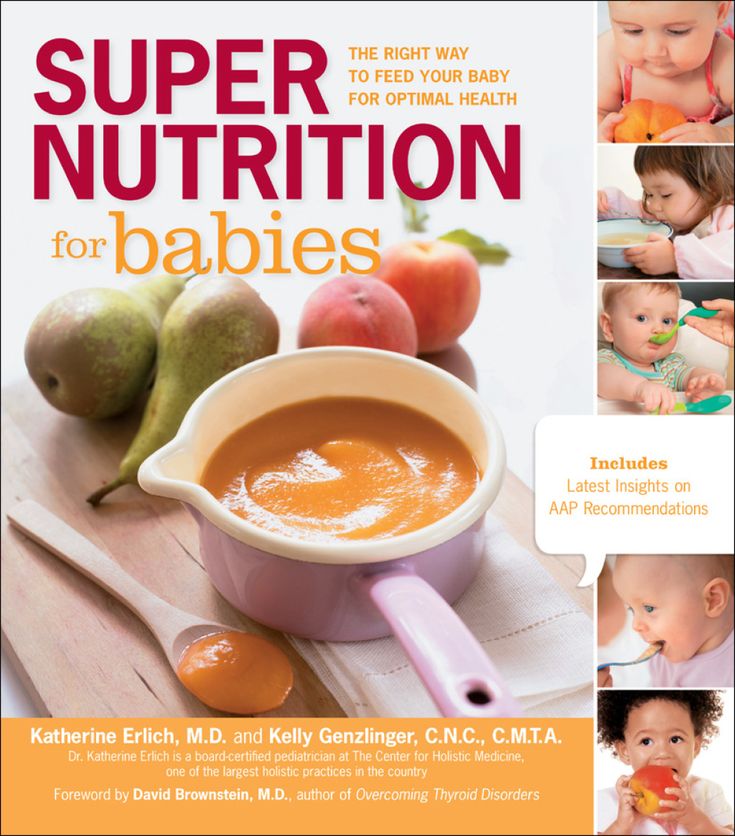Baby food in telugu
Gayatri Vantillu - గాయత్రి వంటిల్లు - Baby Food
Long long ago, as a young mother of an infant, I wanted to feed my child with best of the food and used to get three varieties of “NESTUM” and two varieties of “CERELAC”. It so happened, I needed to go Dr Nilesh Vohra for a check-up. In usual fashion as any other mother would, I complained to the doctor that my child would not like to take food, instead prefers to drink milk. Very coolly he asked me “Do you cook food at home?” Surprised at this question I answered” Yes”. How many recipes do you prepare at home he enquired? Quite a few, I told him. He questioned as to why I needed to prepare so many varieties, why not restrict to one or two or a maximum of five dishes. I said because it’s for a variety and taste. He smiled and said – “You need variety, but your child doesn’t need a variety?” Surprised at this question I told, “Doctor, I am giving him 5 different varieties of baby food and whether it is not sufficient?” The answer was an emphatic “NO”. At this point I raised the same question which I quoted above in this article. Dr Vohra suggested the following
Prepare one Dal (Pulses) and Curry (Vegetable or Green leafy) every-day at home.
Initially cook the cereal separately for the child, which should be a paste. Add more water to get this pasty texture.
When the child is small (say 6 months), add only the top water of the dal and one or two mashed curry pieces to the meal.
Put cereal only into a mixie and grind it into a coarse paste. The coarseness depends upon the age of the child.
Decide the total quantity of the cereal to be given say six spoons. Divide it into three parts. One part with Dal (water), the next is with Dal spiced with two mashed vegetable curry pieces and the third portion is with curd (not sour) / yoghurt / milk (at times curd can be spiced with a little achar/ pickle) etc. It’s a six spoon lunch, having THREE courses!!! Similar to what we have, but quantity and content moderated as per the age of the child.
Prepare the baby food fresh for each feed. It doesn’t matter even if the Dal, vegetable and cereal cooked in the morning are given in the afternoon also. But every mix should be fresh. Once we touch it with hands or spoon the food should be discarded after the feed.
The cereals can be Rice, Wheat Germ (Godhuma Rawwa), Rice Rawwa, Rice Flakes (Atukulu), Raagi Flour (in limited quantities). Cook them into paste as per the child’s requirements.
Often mothers prepare a single course lunch for the children and expect the children to do justice which they refuse.
At times give the child fresh Fruits – mashed and pulped.
If the child gets a variety of what you eat, he too would enjoy his meal. Rather he gets more variety because you are changing the cereals too.
However good brand image, the food stuff may carry, avoid frozen and canned foods because they all contain preservatives i.e. Chemicals.
Do not buy any more baby foods unless you are on an outing or travel.
I believed the Doctor and followed his advice. But I was not satisfied, because my child was no more looking chubby and is looking thin (in Telugu – Dokkuku poinadu – sannaga peelaga). The comparison was more pinching when I saw other children in the same age group who were looking attractive. Out of schedule I visited the doctor to complain “my child has reduced and does not like the food too. Rather both of us feel milk is a better option to depend upon.” I was waiting for my turn in the hall to see the doctor. The doctor could observe us both through the glass partition. As soon as I entered the room he remarked “the child looks healthy and active”. Yet I took the opportunity to tell what I wanted. His next remark was “you want to have a DOLL or CHILD in your hand?” I could get what Doctor wanted to convey.
In the subsequent counseling what I understood is
Reduce the quantity of milk gradually and increase the solid intake with the age of the child
Thereafter, retain the milk intake to a reasonable quantity
Don’t expect your child to have his full quantities, as you imagine, consisting of milk, solids, fruits etc. He would suffer from indigestion. Strike a delicate balance of the quantity of diet, which only a mother can judge.
He would suffer from indigestion. Strike a delicate balance of the quantity of diet, which only a mother can judge.
Whenever you feel he is not eating, look at his stomach size and the size of your feeding glasses and bowls in which you are serving.
Never compare your child with others. He is a gift of God and enjoy his company.
While feeding keep on talking and keep up encouraging conversation instead of sermons and threats.
Last but not the least – Do not stifle him with your affection – leave some space for his enjoyment. A single child suffers more because of parental undivided, focused attention. Only when the next sibling arrives, the former gets respite and his sufferings reduce. As the mother has to manage two kids, she is fully occupied with the chore of the house, and thus they both enjoy their life and company. Thus the concept “WE TWO – OURS TWO”.
What I want to convey to young mothers is, do not take tension to prepare special foods for your babies. Feed them with what you eat. They would enjoy and it is good for both of you. Be choosy while deciding the proportions of the ingredients depending upon the spicyness and hardness.
Feed them with what you eat. They would enjoy and it is good for both of you. Be choosy while deciding the proportions of the ingredients depending upon the spicyness and hardness.
When my child was 5 months old and was still on breast feed, my mother was preparing snake-gourd curry. She brought a boiled piece (before spicing it), mashed it between her fingers and gave it to him. He merrily enjoyed nibbling. Later he tasted cooked potato, carrot, beetroot, bottle gourd etc. That’s how he was introduced to stewed / boiled vegetables.
Sometimes our affluence / affordability becomes a bane for the children. In the fifth month of my delivery, I joined my husband at Bombay. Soon on reaching there, attracted by the advertisements in the media, I purchased "Nestum" and "Cerelac" to feed the child . Its only after the Doctors counselling I could understand that my MOM and Doctor are talking the same.
Just imagine your mothers who must be of my age group & we did not have the privilege of having any special variety of foods. Yet we grew up healthily and are taking care of you all, isn't? The calf initially feeds on its mother’s milk and later starts eating the blades of grass which its mother munches. Are they not healthy? Do they need to visit the often? Try to be as near to the nature as possible.
Yet we grew up healthily and are taking care of you all, isn't? The calf initially feeds on its mother’s milk and later starts eating the blades of grass which its mother munches. Are they not healthy? Do they need to visit the often? Try to be as near to the nature as possible.
Take no tension on baby food. Feed them with what you eat only but with moderation.
Enjoy and Let the Child also enjoy!!!
If you have followed what is described above and find it useful, share with others by clicking here. It would help others also to go natural in the upbringing of children, so as to avoid baby foods . All baby foods contain chemicals which are added for preservation, texture, easy mixing etc.
12-18 Months Baby Food Chart
12-18 Months Baby Food Chart -Now your tiny little bundle of joy is one year. I am sure you have thoroughly enjoyed this beautiful journey with your baby:) You have watched as your baby grows from first smiles to first steps.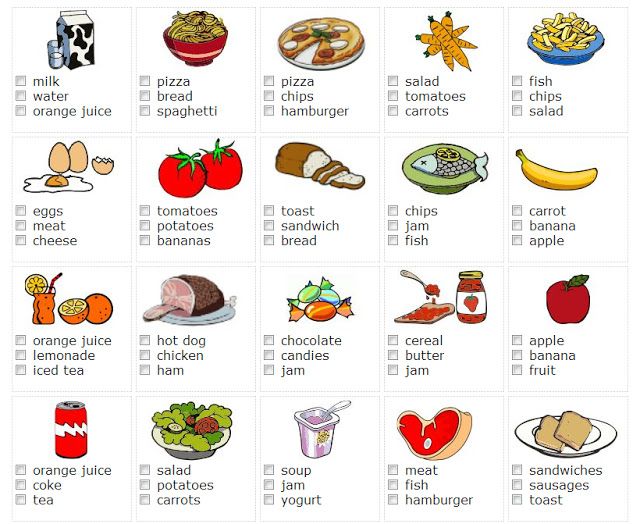 By now, your baby is ready to enjoy a variety of family foods.
By now, your baby is ready to enjoy a variety of family foods.
You can give all the foods you cook for your family with fewer spices. Offer a variety of food each day. Your child may have few front teeth now, can chew some foods. But it is still a good idea to mash or cut into small pieces (½ inch or less) while giving the meat or any hard foods if it is tough to chew.
Now your child is one year, she can drink cow's milk. Cows milk is a readily available source of calcium, and it also provides essential vitamins and proteins for your child. Also, you can continue breastfeeding as long as you and your baby are comfortable.
How to introduce cow's milk to my baby?Prefer whole milk until three years as toddlers need fat in their diet for growth and development. Give only 200 - 300 ml (at the max) of cow's milk (in a cup) per day. Anything beyond the recommended amount of cow's milk leads to less appetite in toddlers.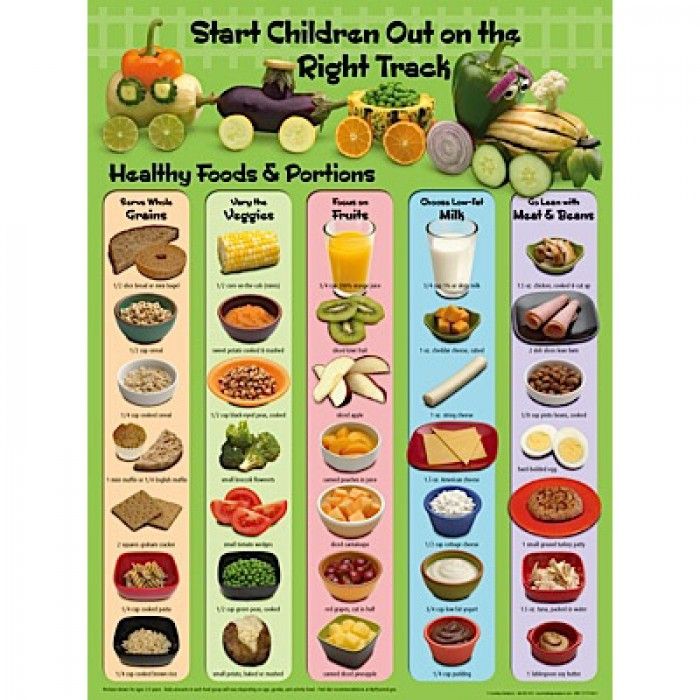 Also, don't dilute the milk with water as it reduces its nutrition content.
Also, don't dilute the milk with water as it reduces its nutrition content.
If your baby is not interested in taking plain milk, you can try to flavor the milk with natural homemade flavors, or add milk to porridge's/kheer/desserts or include dairy products such as curd/yogurt, paneer, cheese, etc.
Should my 12-18-month-old feed herself?By now, your toddler might be ready for self-feeding, though she might not be able to do it perfectly. She should be able to hold and drink from a cup with little help and may be interested in eating with a spoon/fingers. Foods can be cut into pieces so she can feed herself with her fingers. Encourage self-feeding if your toddler is ready, and eat as a family whenever possible. It helps in developing good eating habits.
What finger foods can I give to my toddler?Finger foods such as chunks of soft-cooked vegetables, fruits, cheese, toasted paneer, homemade cookies/crackers, and boiled eggs are easy to prepare and loved mainly by children of this age, and they can experiment on feeding themselves.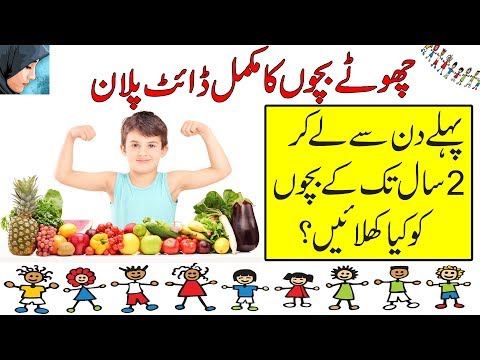
After one year, your baby's growth rate naturally slows down, and hence, your baby's appetite might have decreased than before. Also, your toddler might be interested in exploring the world around than eating. The quantity of food consumed on each day may vary from large to small amount depends on the appetite of your child. Be assured that your child knows when she is hungry, and they won't stuff needlessly.
How to encourage my fussy eating toddler?Here are some tips for the fussy eating toddler
- Never force your baby to finish the meal. Let them take their own time and enjoy the food. If your baby refuses food, try again a little later on.
- Encourage self-feeding by offering plenty of finger foods.
- Let your baby experience the food even it is more of playing and a mess.
- Offer a variety of nutritious small meals.
- Reduce sugary foods and avoid processed/junk food as much as possible.
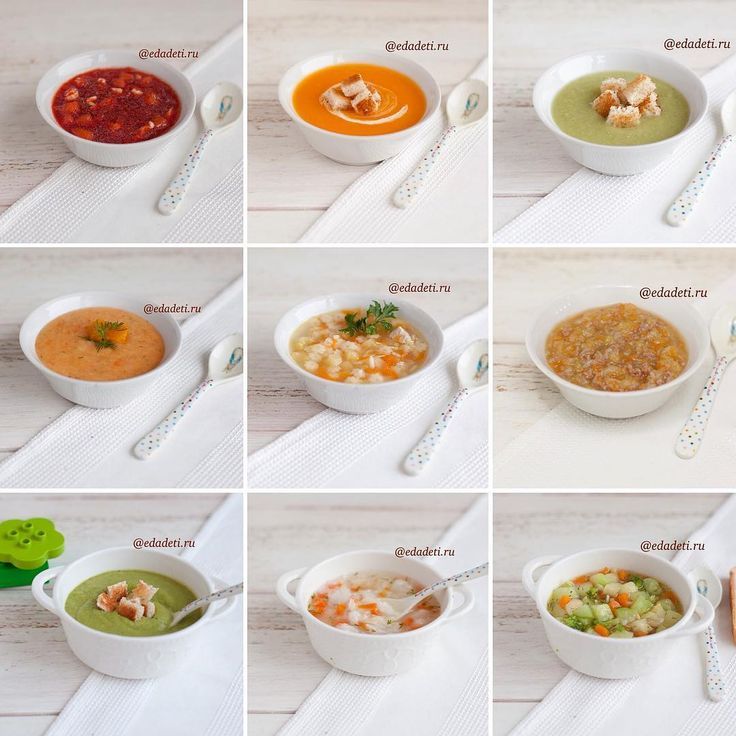
- Be an example for your child in food habits.
For a 12-18 months baby, you can offer three meals, two snacks, and cow's milk. If you are a breastfeeding mom, You can continue breastfeeding whenever your baby demands. Choose the timings for meals and snacks according to your child's preference. Try to give food at regular intervals. If your child refuses food, try again a little later on.
How much quantity for a 12-18-months baby per day?To ensure your child gets a balanced meal, aim for a variety of foods from four primary food groups, as listed below. For the quantity of food, always be guided by your child's hunger as appetite varies from baby to baby, and most babies change from day-to-day. Here is an approximate amount. Offer a serving from within these portion size ranges at each meal and snack.
- Whole Grains, Cereal & Carbohydrates - ¼ cup to ½ cup
- Fruits & Vegetables -¼ cup to ½ cup
- Milk & Dairy Products - 1 cup
- Meat/Protein/Meat Alternatives - ¼ cup
Here is a sample food chart with recipes (please click on the hyperlink to get the recipes) for a 12-18 month old baby. Please consider the below points before using this food chart:
Notes:- Never introduce more than one food when adding new food to your baby.
- Check for allergy symptoms when introducing new food to your baby, and stop feeding your baby if you find any signs.
- This food chart is prepared to give an idea of what foods can be included in a baby's diet.
 It should not be considered medical advice.
It should not be considered medical advice. - Always check with your pediatrician before introducing any new food.
Check out various recipes for babies that are suitable for babies from 6 months to 5 years!
- Baby Food Recipes (from 6 months to two years)
- Toddler Food Recipes
- Healthy Weight Gain Food Videos for Babies
How to choose the right baby food
Despite the fact that today there is a wide selection of baby food products in stores, many parents often have a question about how to choose the right formula, porridge or puree for their baby.
In the past, every mother used to prepare her own baby food, but now most mothers prefer to buy commercially prepared baby food. Modern manufacturers of products for children use high quality raw materials grown without fertilizers and pesticides. In order not to make a mistake in choosing a manufacturer, you need to give preference to world famous brands. Such companies use modern equipment and observe multi-stage quality control.
Such companies use modern equipment and observe multi-stage quality control.
For the full development of the child needs the right and balanced baby food. For babies who cannot be breastfed, formula milk is such a product.
Fruit and vegetable purees are considered to be one of the very first complementary foods for a child, which are essential for the prevention of dysbacteriosis and normal bowel function. Most often, puree is divided into "stages" of complementary foods. For example, for babies who are just starting to transition from liquid foods to solid foods, homogenized puree is suitable. And for those who are older, a slightly crushed puree with the pulp of fruits or vegetables is suitable.
When buying puree for a baby in specialized stores, you should pay special attention to the color and composition of the product. The sediment at the bottom of the jar indicates the absence of stabilizers in the product, which are harmful to the child's body. And the color should be natural and not very bright - this is a sign of the absence of dyes. Also, before feeding, it is advisable for the mother to taste the product, and then give it to the baby.
Also, before feeding, it is advisable for the mother to taste the product, and then give it to the baby.
An equally important product of baby food is cereals, in a varied assortment of which some general rules will help parents understand. First of all, you need to decide on the type of cereal that suits the child:
- rice porridge - does not cause allergies, and is also suitable for those who have problems with bowel function;
- buckwheat - ideal for all kids, rich in iron and protein;
- oatmeal - contains dietary fiber and protein, suitable for those who suffer from constipation.
Children with weakened immune systems and intestinal dysbacteriosis will benefit from cereals with prebiotics and probiotics. And dairy-free cereals are intended for those who suffer from lactose intolerance. In addition, modern manufacturers of baby food prepare cereals from special raw materials enriched with vitamins and minerals.
When buying children's cereals, it is advisable to choose products in foil packaging, in which it is better preserved. As for baby dairy products, juices and purees, it is better to buy them in glass jars and bottles, they are the most environmentally friendly. It is also important to study the label, which must necessarily indicate that this product is intended for baby food and does not contain preservatives, dyes and artificial flavors.
As for baby dairy products, juices and purees, it is better to buy them in glass jars and bottles, they are the most environmentally friendly. It is also important to study the label, which must necessarily indicate that this product is intended for baby food and does not contain preservatives, dyes and artificial flavors.
It is important to correctly compose the diet so that the child receives all the necessary trace elements from food. Remember, the health of your baby depends on your right choice!
Baby and infant nutrition - iHerb-mania
Sorting: By popularityBy ratingSort by latest Prices: Ascending Prices: Descending-
Children and toddlers, Baby food and baby food, Foods, Chocolates and sweets
Gerber, peach puree, 2 pack, 2 oz (56 g) each
0 out of 5
- Toddler Sitting with Support
- 1st Foods®
- Non GMO Project Verified Certificate
- Free from artificial flavors and colors
- BPA free packaging
- Useful product: 2/5 peach in each jar
85 UAH
-
Children and toddlers, Baby food and baby food, Foods, Chocolates and sweets
Gerber, Pea Puree, 2 Pack, 2 oz (56 g) Each
0 out of 5
- For babies sitting with support
- 1st Foods®
- Non-GMO Project Verified Certificate
- Free from artificial flavors and colors
- BPA free packaging
- Useful product: 60 peas in each jar
85 UAH
-
Children and toddlers, Baby food and baby food, Foods, Chocolates and sweets
Gerber, Pear Puree, 2 Pack, 2 oz (56 g) Each
0 out of 5
- For toddlers with support
- 1st Foods®
- Non-GMO Project Verified Certificate
- Free from artificial flavors and colors
- BPA free packaging
- Useful product: 1/3 pears in each jar
- Made with Chilean pears
85 UAH
-
Children and toddlers, Baby food and baby food, Foods, Chocolate and sweets
Gerber, Banana Orange Blend, 2 Jars, 4 oz (113 g)
0 out of 5
- 2nd Foods®
- For babies who can sit
- Non GMO Project Verified Certificate
- Kosher Product
- Free from artificial flavors and colors
- BPA free packaging
85 UAH
-
Children and toddlers, Baby food and baby food, Foods, Chocolate and sweets
Gerber, Smart Flow, Organic, Banana & Mango, 3.
 5 oz (99 g)
5 oz (99 g) 0 out of 5
- 2nd Foods® Sitting Toddler
- Non GMO Project Verified Certificate
- Certified USDA Organic
- Less trouble with this spout
- Grown using Clean Field Farming™ methods
- 2/3 banana - 3/4 tablespoon mango - per package
- Just a quality product
- Free from artificial flavors and colors
- BPA free packaging
- Certified Organic by Oregon Tilth
85 UAH
-
Children and toddlers, Baby food and baby food, Foods, Chocolates and sweets
Gerber, Smart Flow, Organic, Banana Strawberry Raspberry, Mixed Cereals, 12+ Months, 3.5 oz (99 g)
0 out of 50016
- Non GMO Project Verified Certificate
- Certified USDA Organic
- Less trouble with this spout
- Grown using Clean Field Farming™ methods
- 2/5 banana - 2/3 strawberry - 1/2 raspberry - 1/2 tbsp mixed cereal - per jar
- Just a quality product
- Free from artificial flavors and colors
- BPA free packaging
- Oregon Tilth Certified 9 Organic0016
85 UAH
Children and toddlers, Baby food and baby food, Foods, Chocolates and sweets
Gerber, Smart Flow, Organic, Banana, Blueberry & Blackberry with Oatmeal, 3.
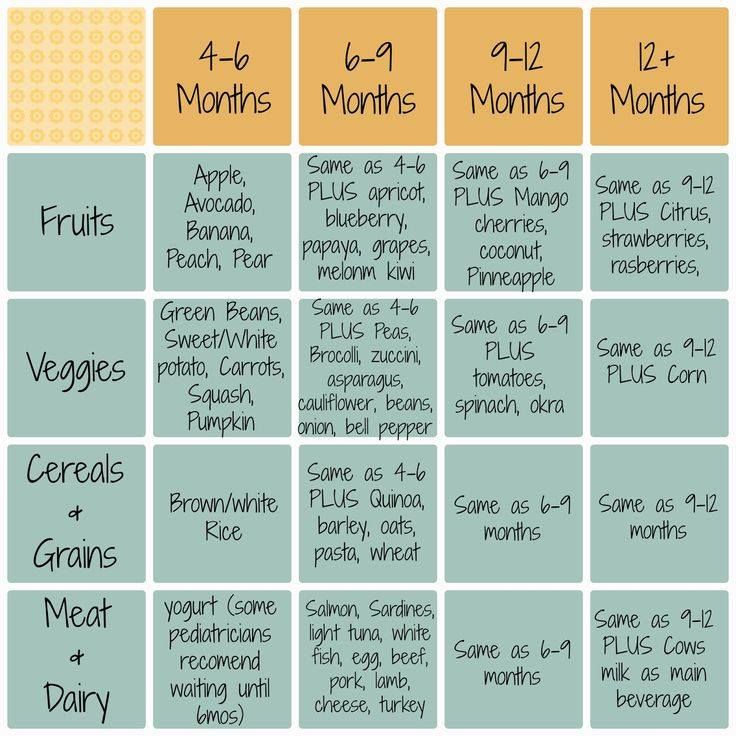 5 oz (99 g)
5 oz (99 g) 0 out of 5
- 2nd Foods, Sitting Toddler
- Non-GMO
- Certified USDA Organic
- Less trouble with this spout
- Oregon Tilth Certified 9 Organic0016
85 UAH
Children and toddlers, Baby food and baby food, Foods, Chocolates and sweets
Gerber, Smart Flow, Organic, Peach, Blueberry, Apple & Avocado, 3.5 oz (99 g)
0 out of 5
- 2nd Foods® for Sitting Toddlers
- Non-GMO Project Verified Certificate
- Certified USDA Organic
- Less trouble with this spout
- Grown using Clean Field Farming 9 methods0016
- Each bag contains 1/4 peach, 28 blueberries, 1/6 apple, 1/2 tbsp avocado
- Quality product
- Free from artificial flavors and colors
- BPA free packaging
- Certified Organic by Oregon Tilth
85 UAH
Children and toddlers, Baby food and baby food, Foods, Chocolates and sweets
Gerber, Prune Puree, 2 Pack, 2 oz (56 g) Each
0 out of 5
- For toddlers with support
- 1st Foods®
- Non GMO Project Verified Certificate
- Free from artificial flavors and colors
- BPA free packaging
- Useful product: 2 prunes in each jar
85 UAH
Children and toddlers, Baby food and baby food, Foods, Chocolates and sweets
Gerber, Puffs Cereal Snack, Crawling (8+ Months), Peach Flavored, 1.











